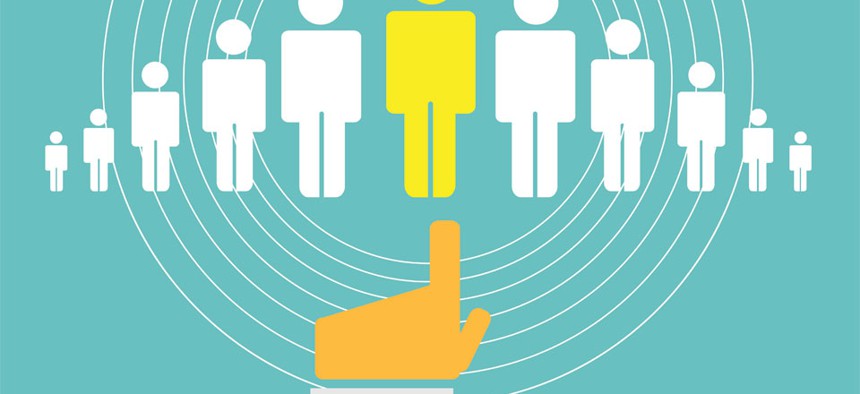
Singkham/Shutterstock.com
How to Avoid Hiring Selfish People
Look for employees who help people, share credit, and mentor colleagues, without the expectation of payback.
Adam Grant is something of a prodigy in the business-school world. He’s Wharton’s youngest full professor, and its highest-rated teacher. His claim—outlined in last year’s bestselling Give and Take—that helping others leads to more success than focusing only on getting ahead individually was profiled in a cover story by the New York Times Magazine, alongside his own efforts to be a singularly helpful and productive colleague and teacher.
The book divides people into givers, matchers, and takers. Givers help people, share credit, and mentor colleagues, without the expectation of payback. Matchers give when they think they’ll get something equal in return. Takers are the most selfish, and act in a way that comes at the expense of others.
In the year since the book came out, one of the big questions that Grant has worked on with companies (his clients include Goldman Sachs and Google) is how to avoid hiring takers. “The negative impact of a taker on a culture is usually double or triple the positive impact of giver,” Grant told Quartz.
So his work with companies has focused on building a selection and interview process that weeds them out.
Step 1: Don’t keep reference checks confined to people’s ex-bosses
Most reference checks work to a taker’s advantage, Grant says.
“Most job references come from bosses. The problem with that is that takers are very good at kissing up. It’s hard to rely on a reference that comes from above because takers usually put their best foot forward with those people.”
Candidates want their references to seem authoritative, so they list former managers. And people in leadership are likely to seek out data on someone’s performance from that perspective. But much more useful for screening out selfish people are references from their peers and they people they themselves managed.
“Takers tend to be less careful at managing impressions with those people because they feel like they’re more powerful,” Grant says, “so you get to see more of their true colors.”
Step 2: Build a better behavioral interview
The behavioral interview, which includes specific questions about past behavior, has become standard practice at many companies. Many common questions focus on a candidate’s successes, and how they overcame any stumbling blocks on the way.
“If you want to find out if someone’s a taker it’s not actually that useful to know what they’ve accomplished,” Grant says. “What you want to want to know is how they explain them.”
That’s where you start to find differences, and can begin to screen selfish people out. Takers, Grant says, are more likely to use “I and me” constructions and take personal credit. Givers share credit for group accomplishments. Interviewers should also ask about specific instances of failure.
“When takers talk about mistakes, they’re usually quick to place the blame on other people,” Grant says. “Givers are more likely to say ‘Here’s the mistake I made, I learned the following from it. Here are the steps I’m taking to make sure I don’t let people down in the future.’”
Following these steps doesn’t just help you avoid hiring selfish employees, Grant says; it helps make the entire company more generous. If there are no takers around, givers won’t worry as much about being exploited—making them even more likely to act as givers—and matchers (the largest group of people), who tend to follow whatever the workplace norm is, won’t have bad examples to imitate.
Reprinted with permission from Quartz. The original story can be found here.
(Image via Singkham/Shutterstock.com)






